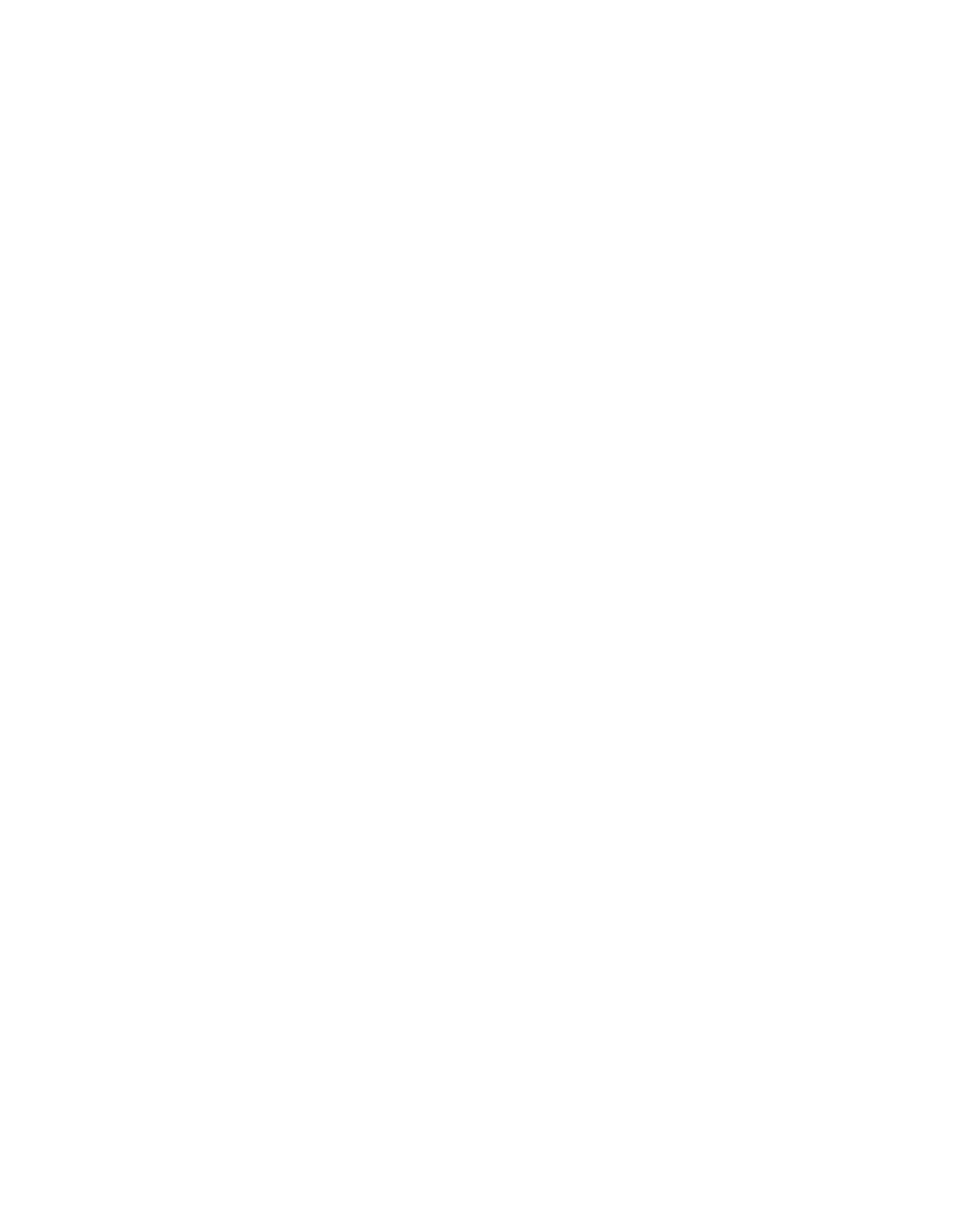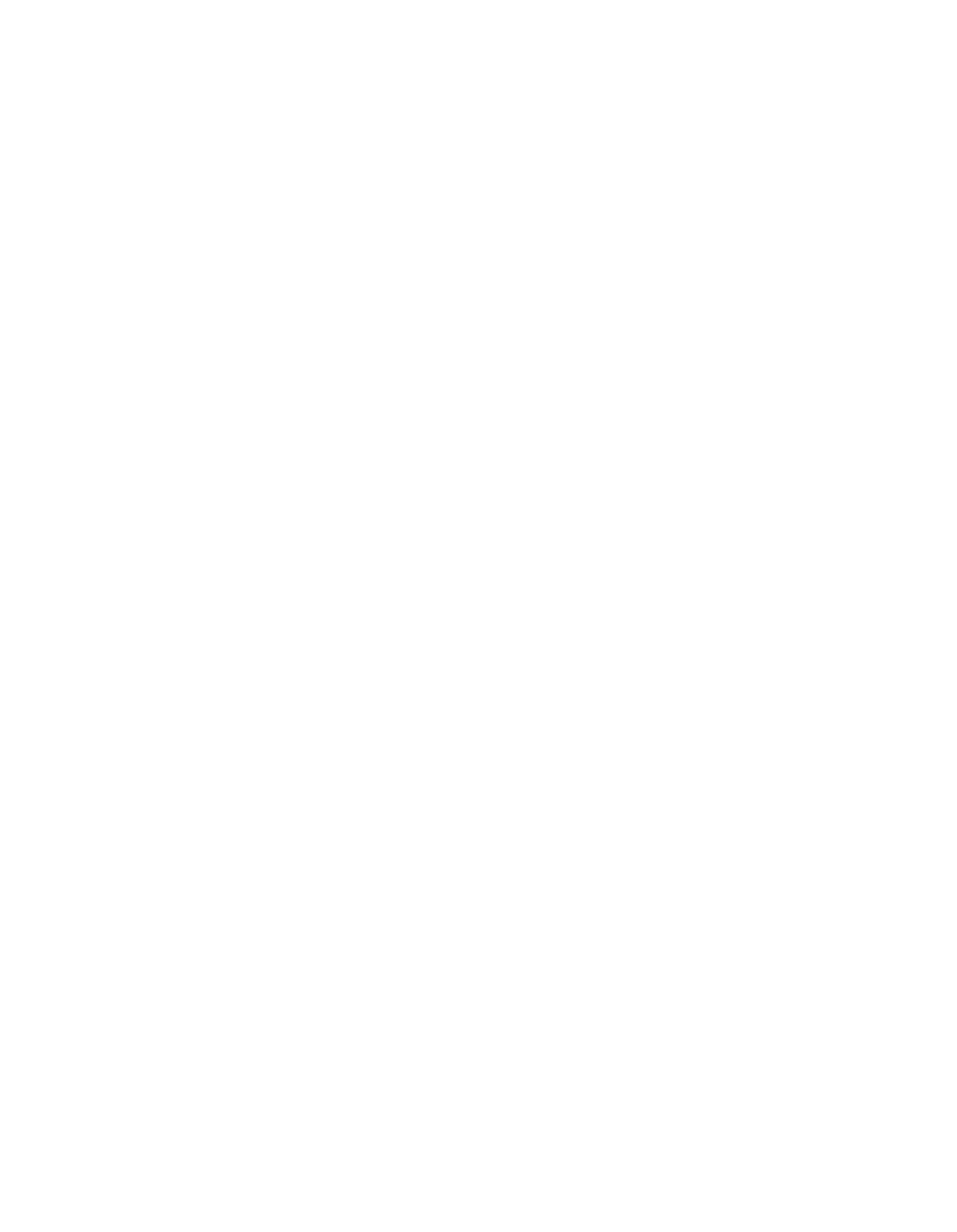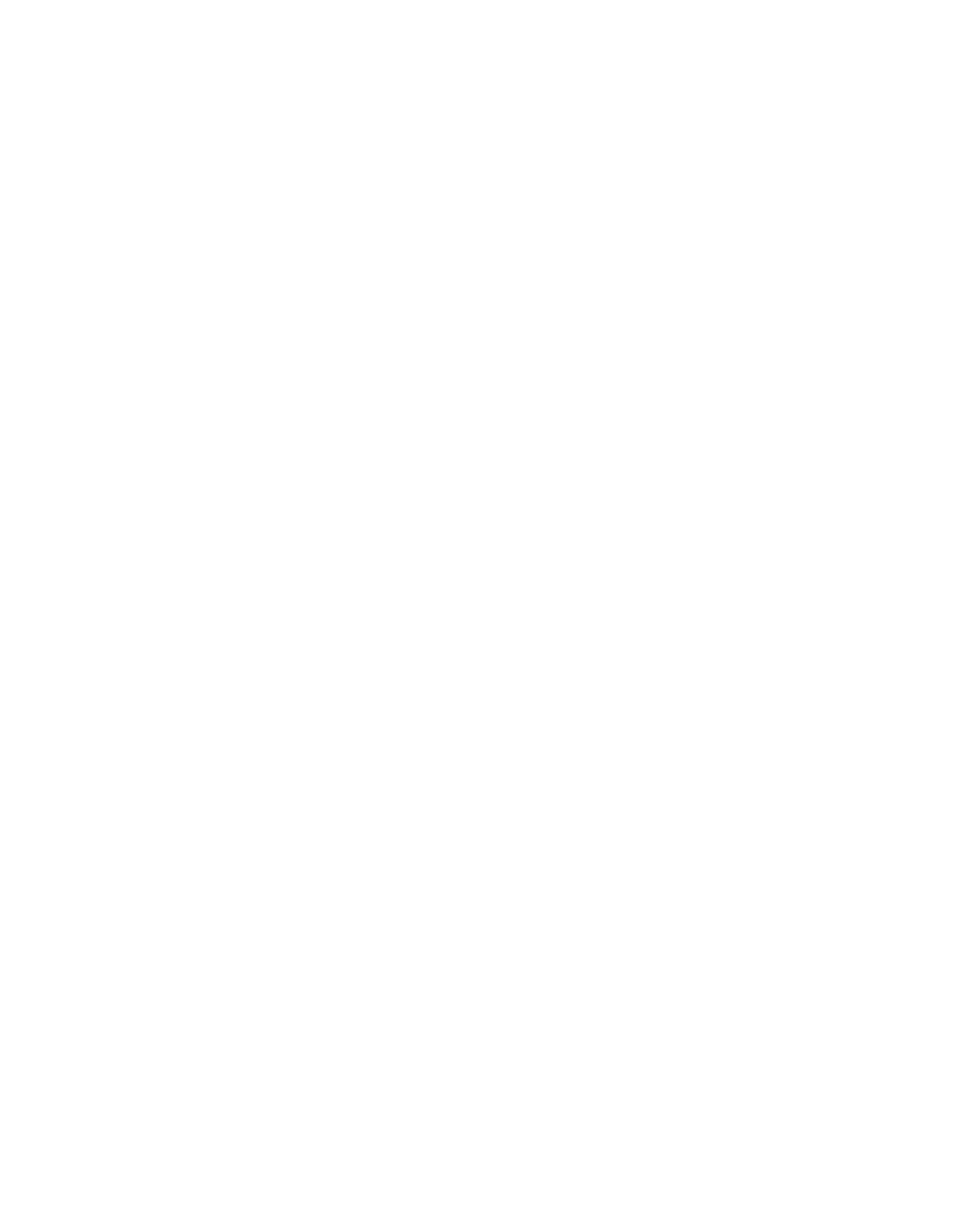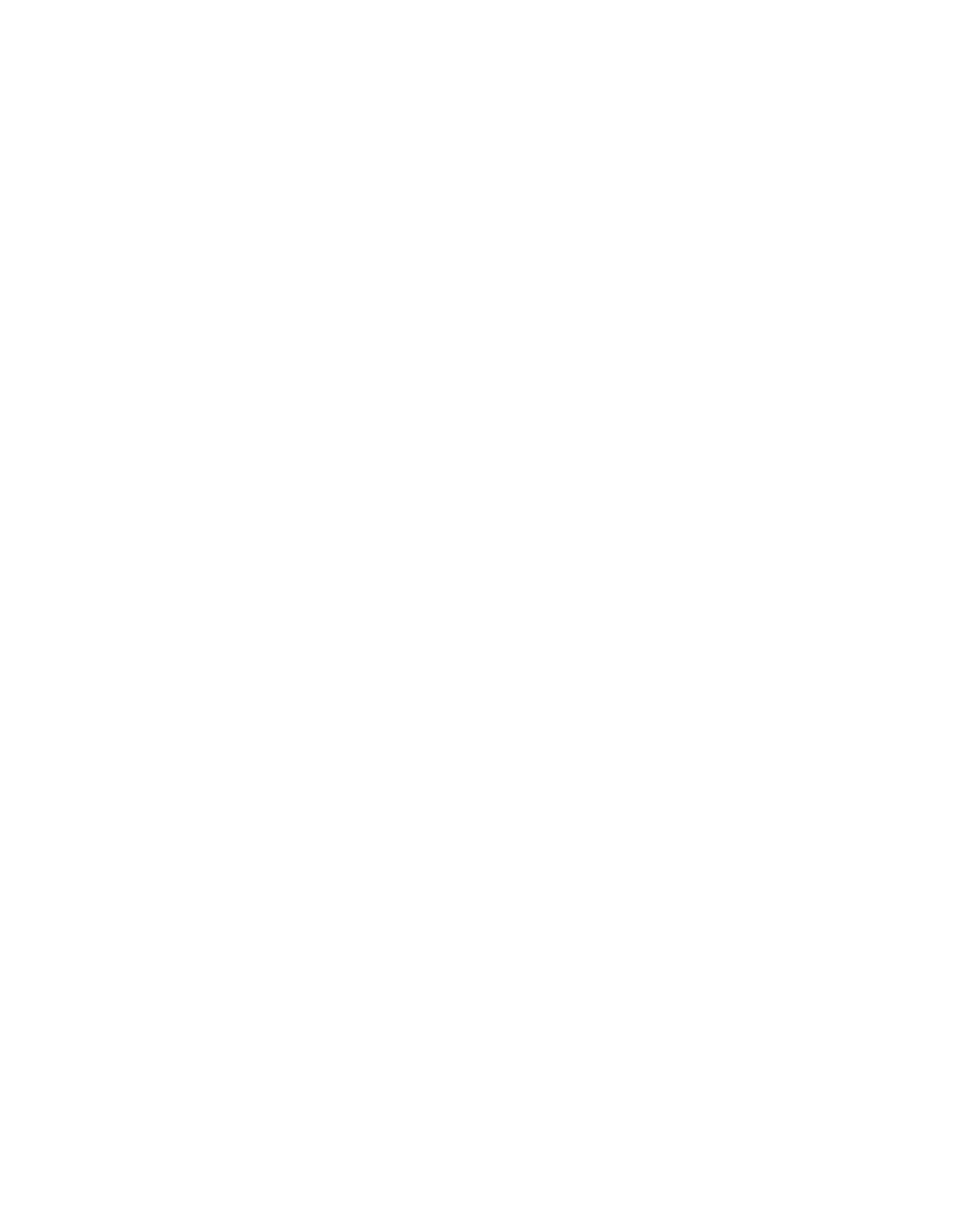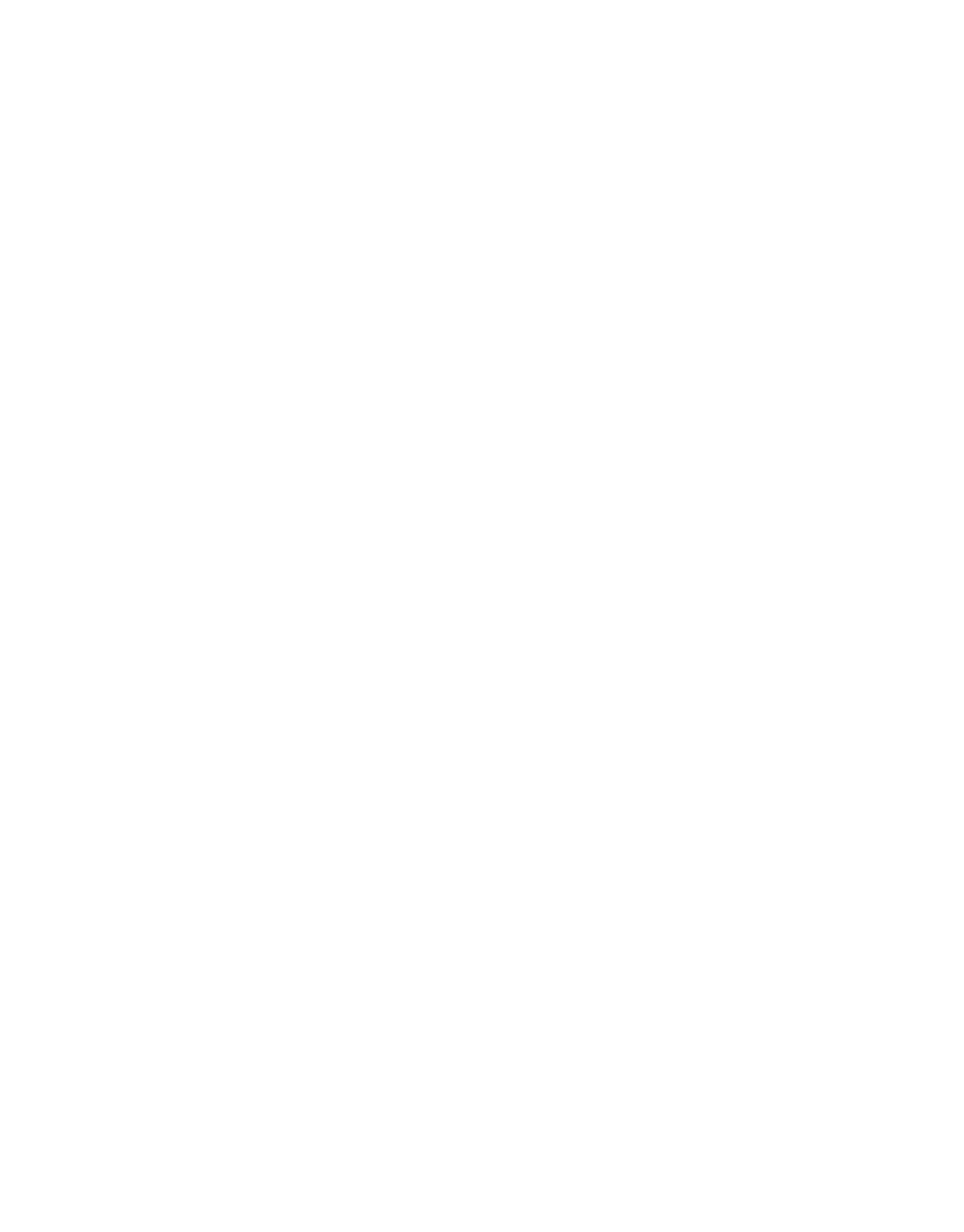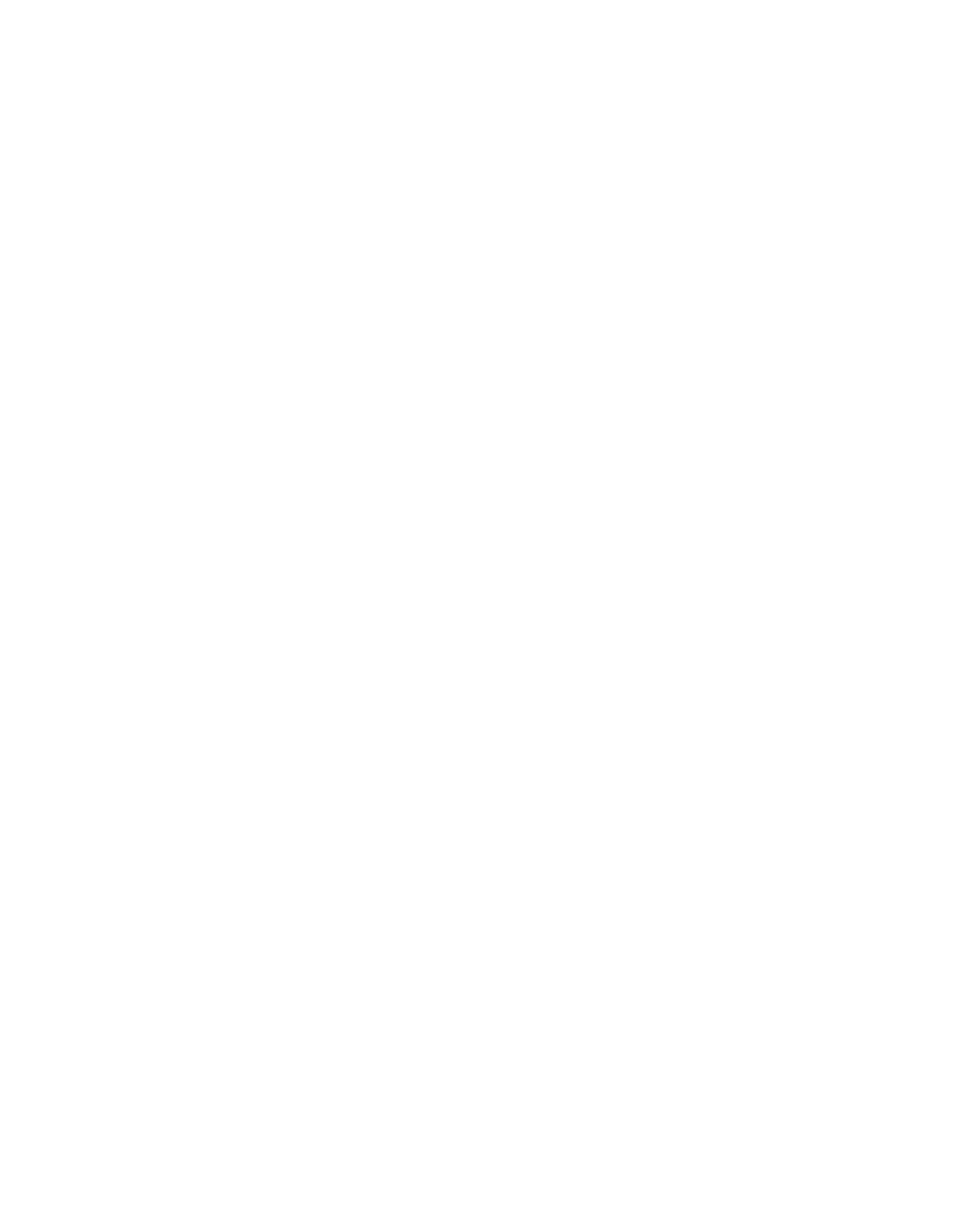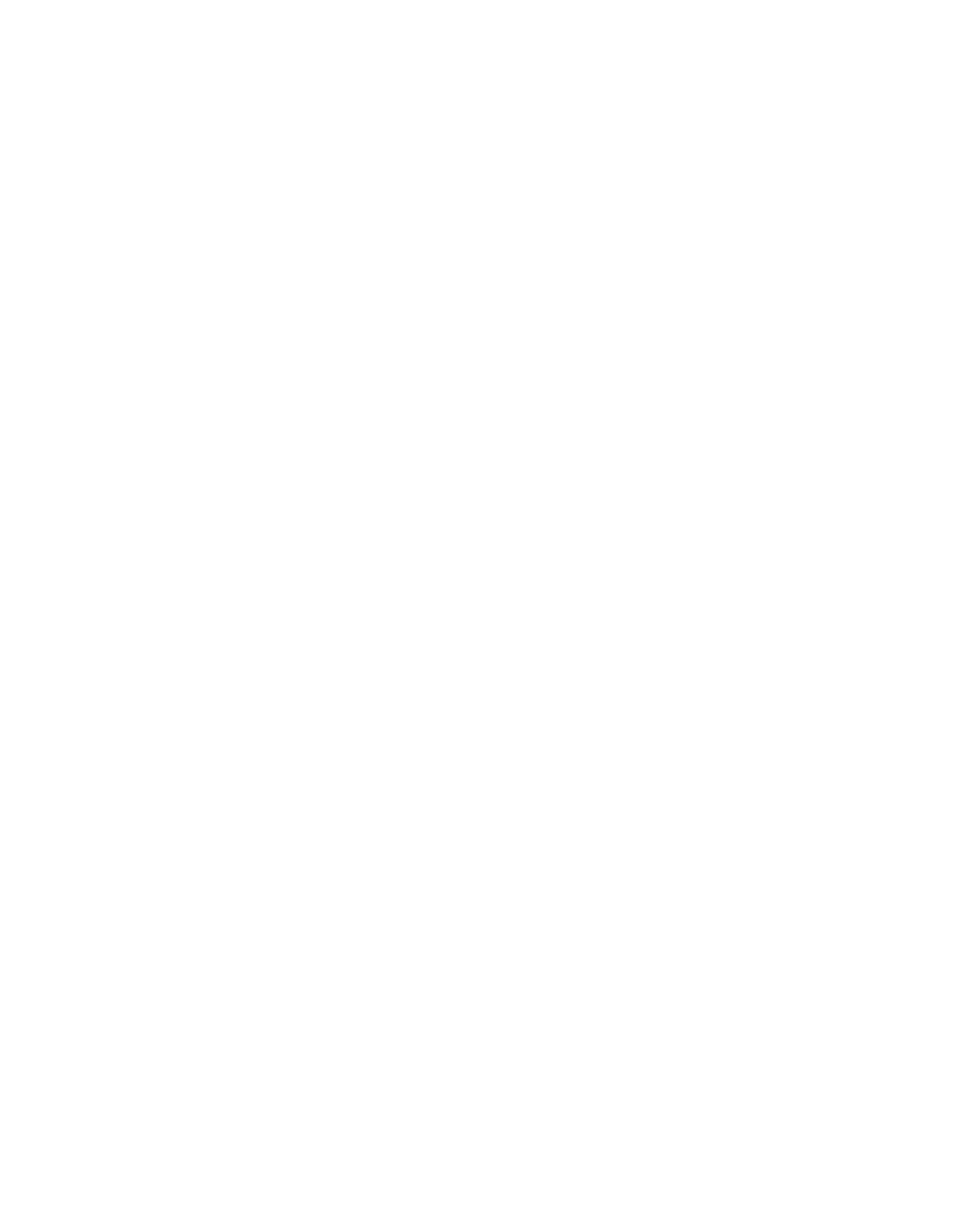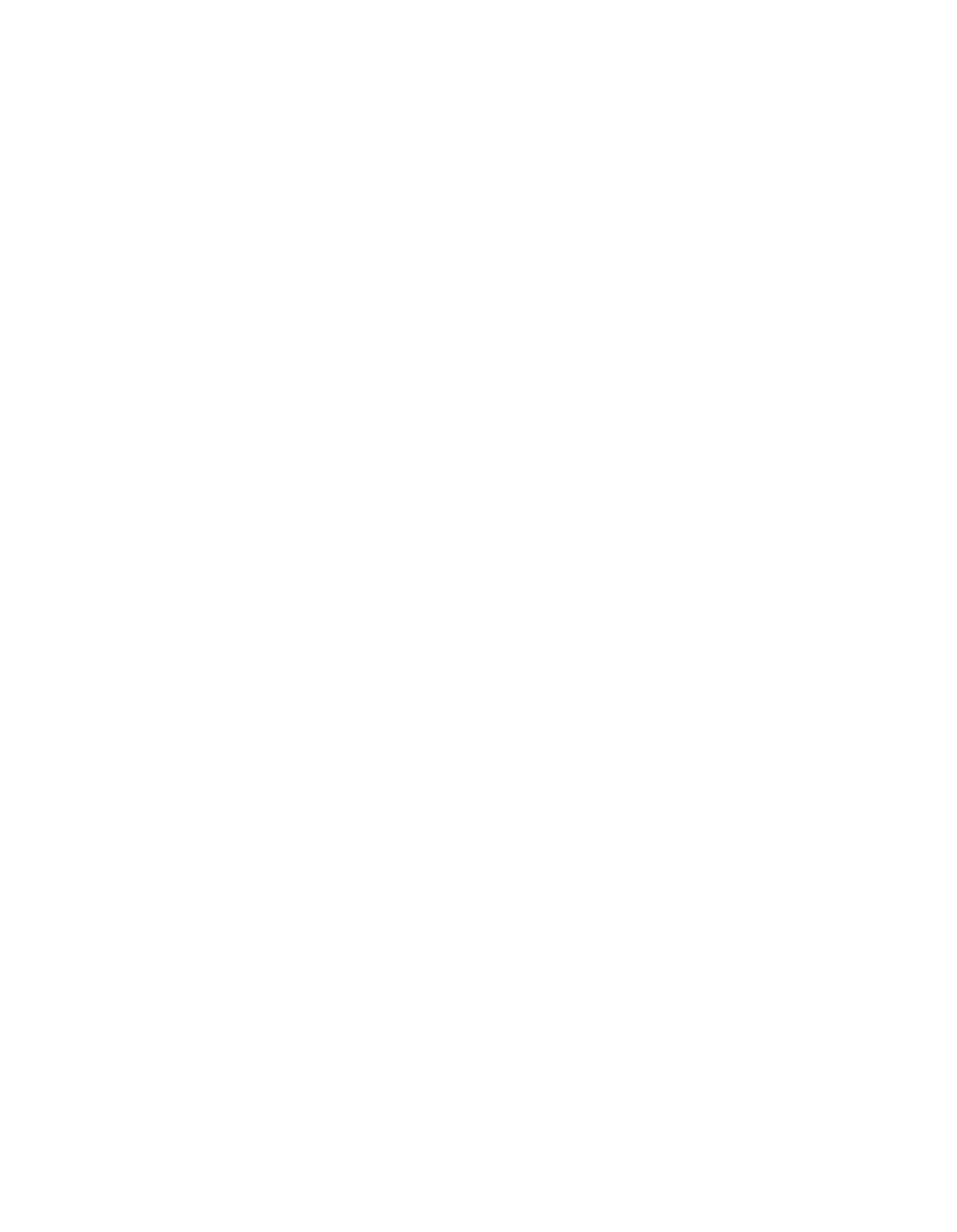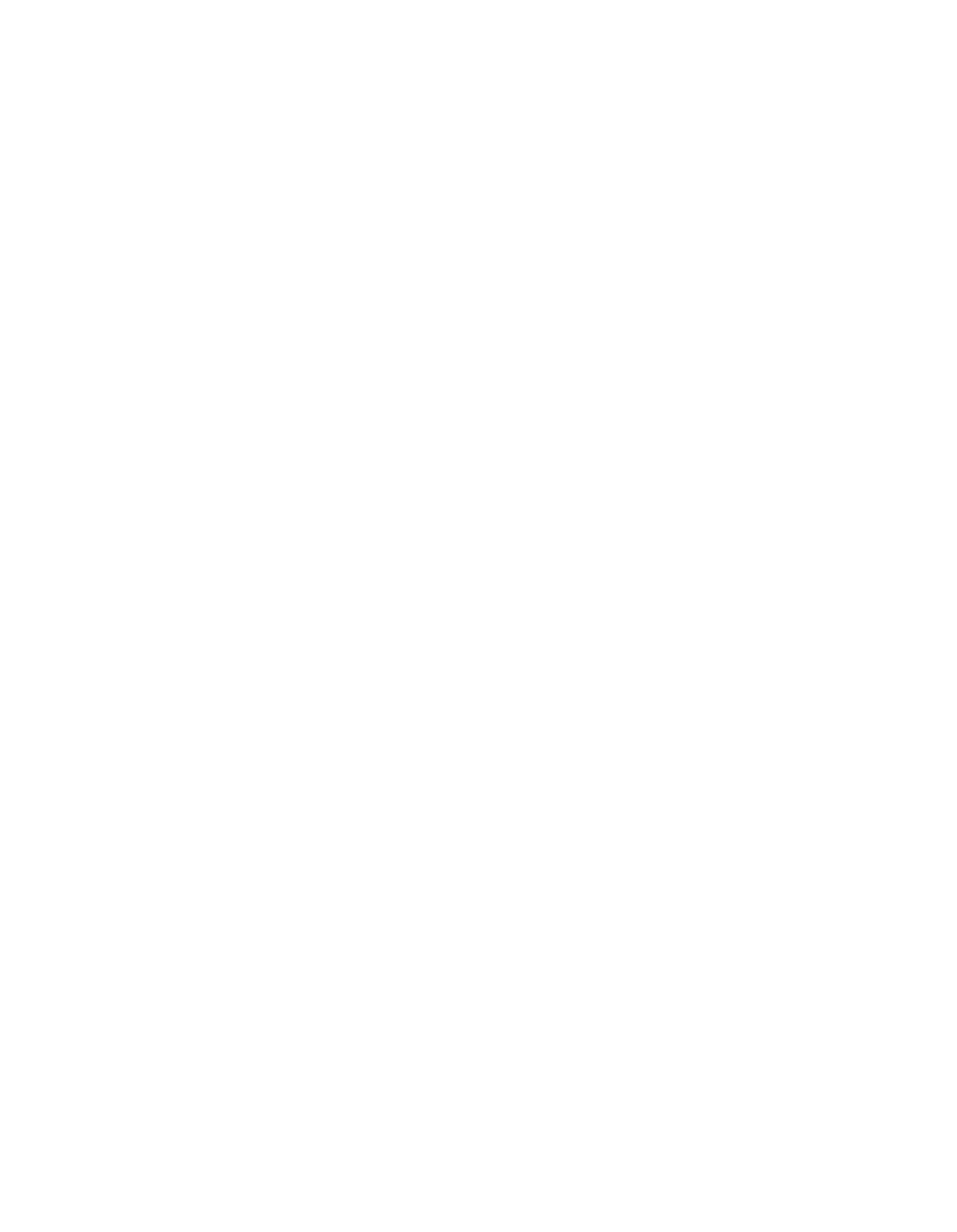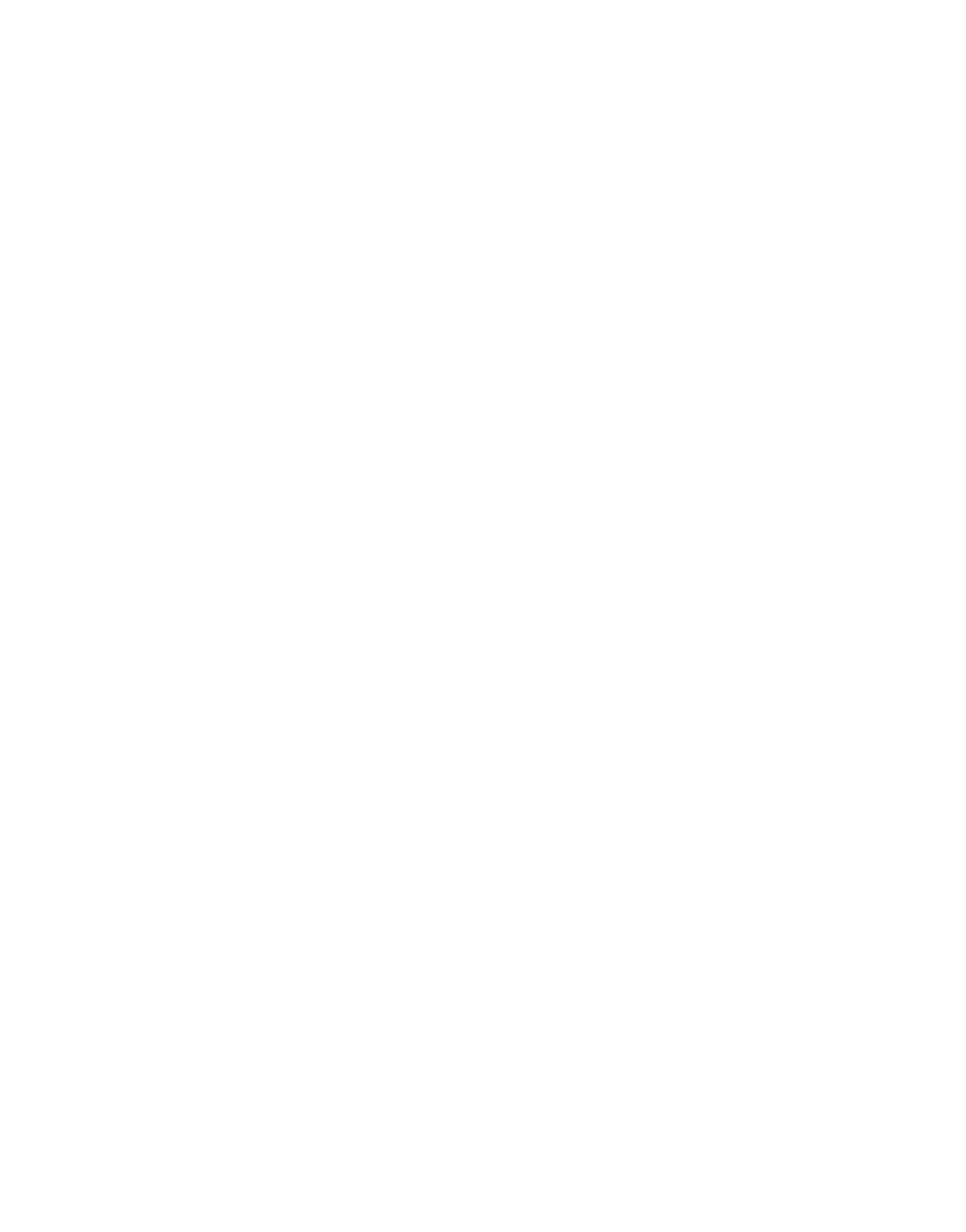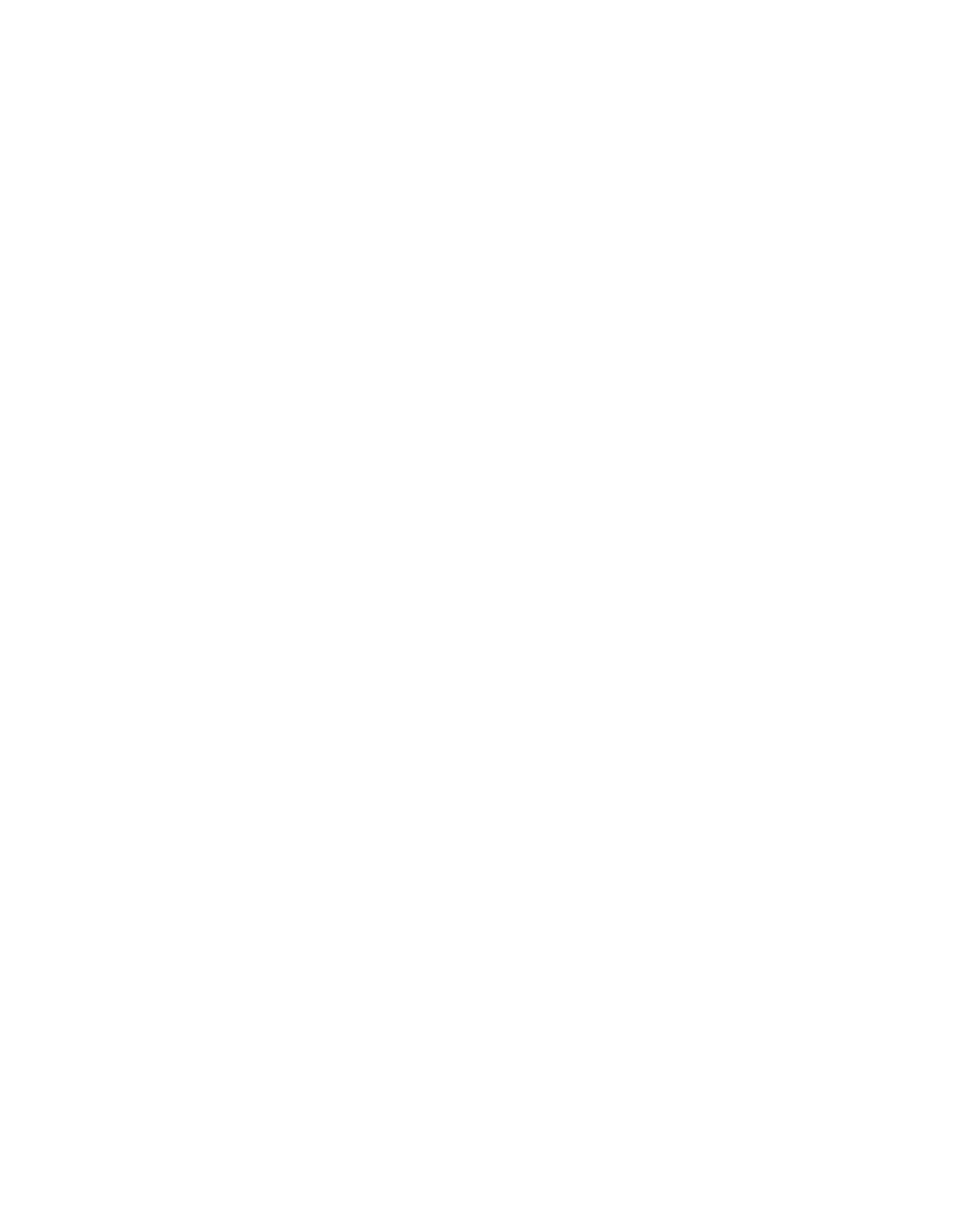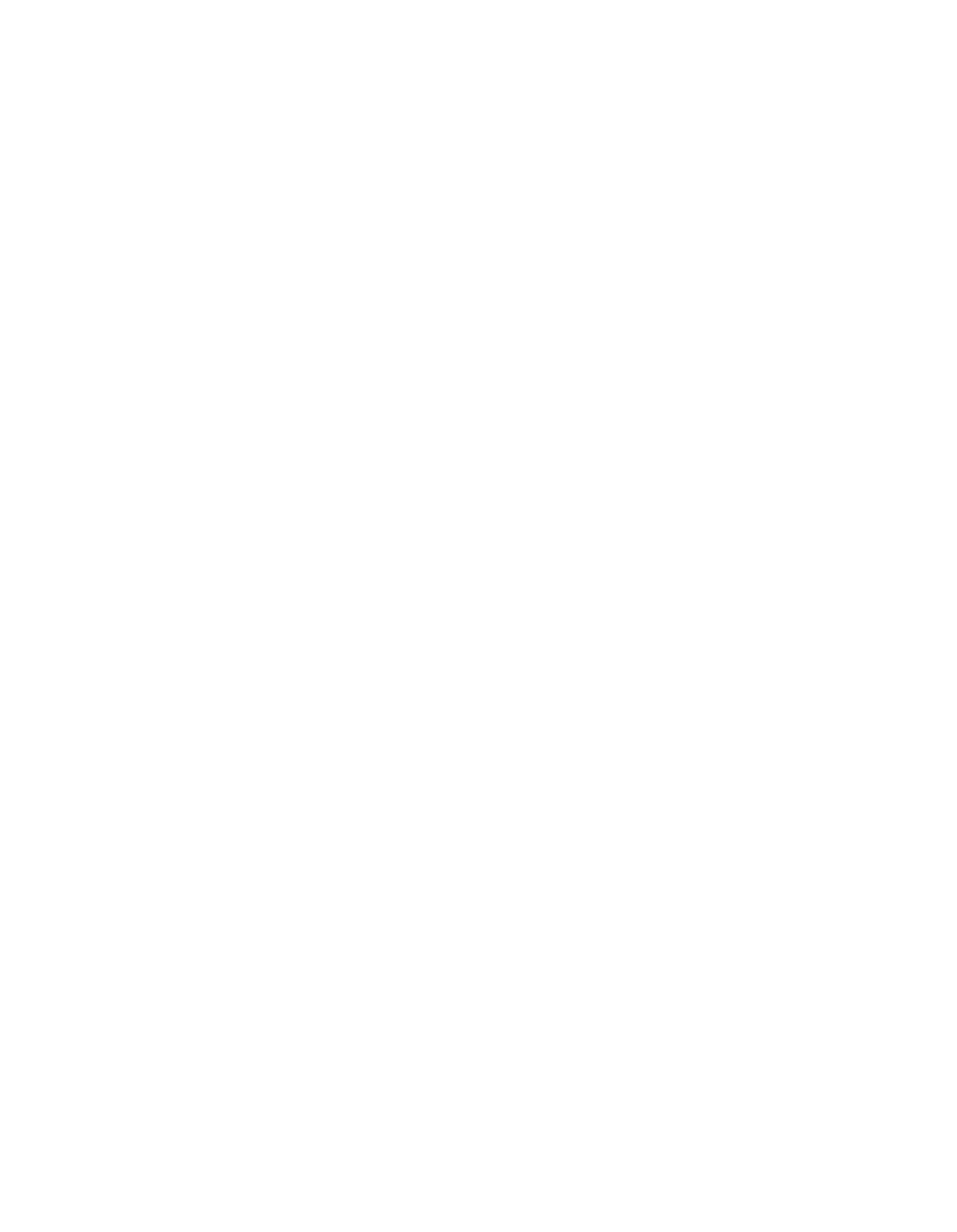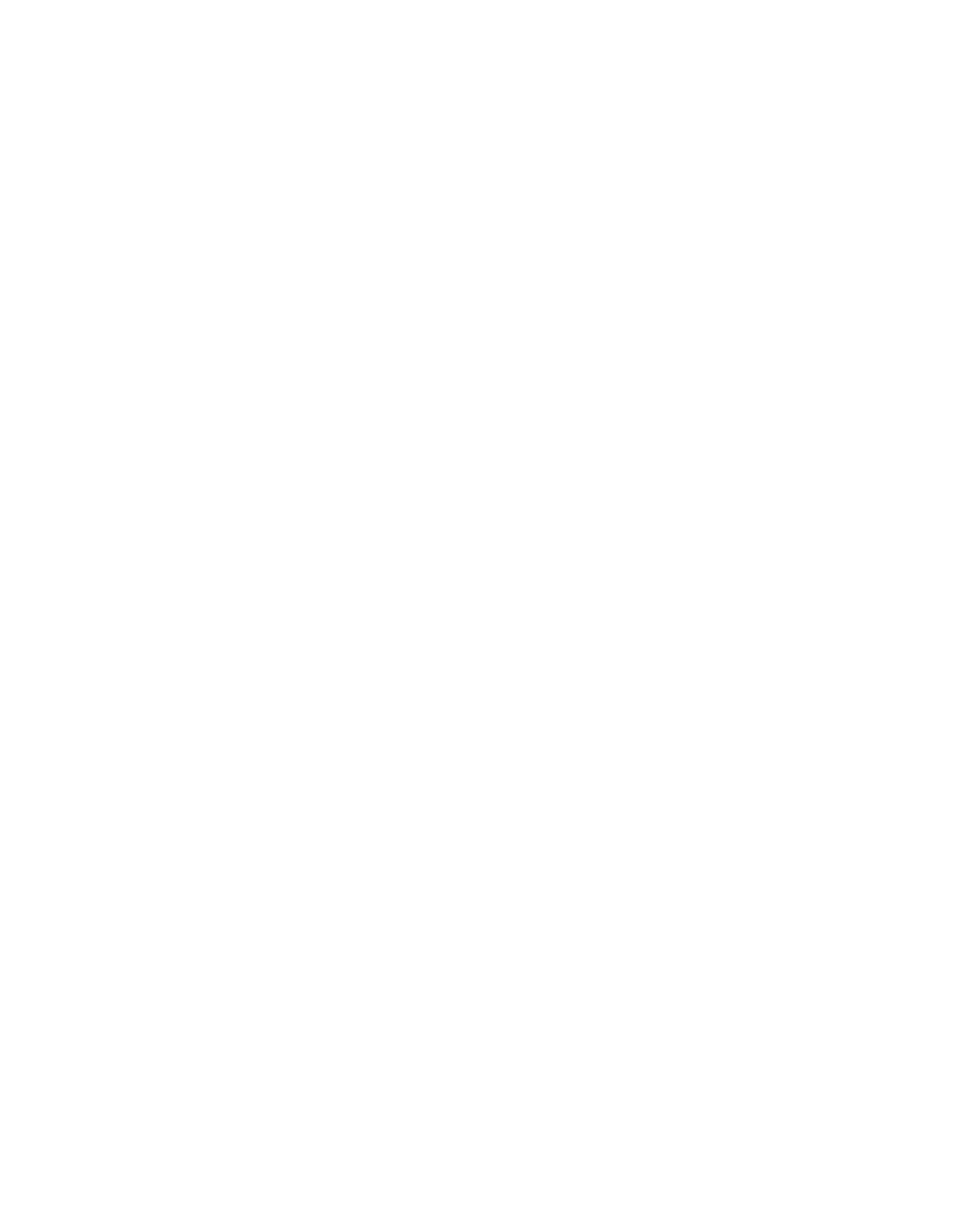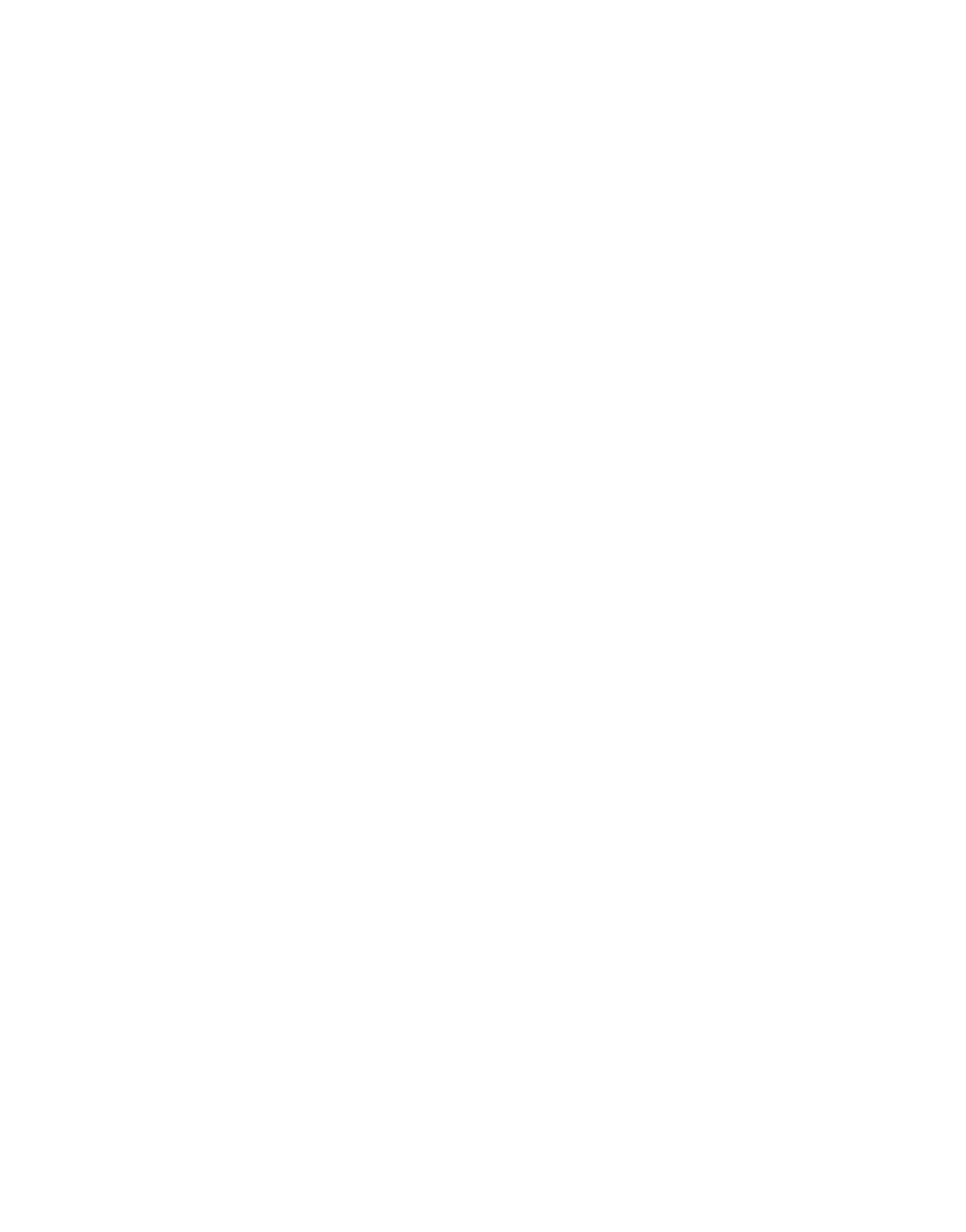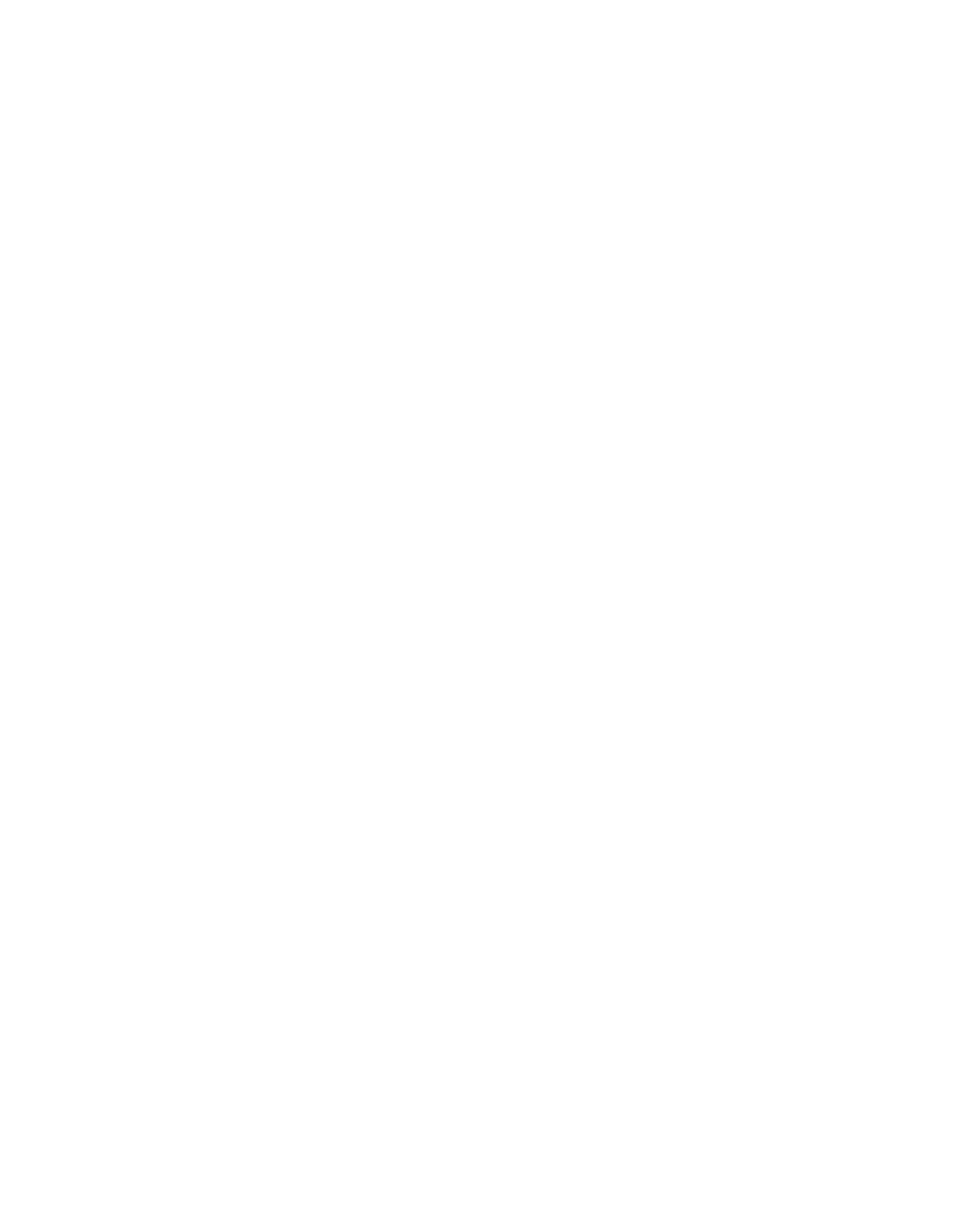ILLINOIS POLLUTION CONTROL BOARD
April
24, 1986
IN THE MATTER OF:
)
)
RCRA UPDATE, USEPA REGULATIONS
)
R86-1
(7-1-85 THROUGH 1-31-86)
)
PROPOSAL FOR PUBLIC COMMENT.
PROPOSED OPINION OF THE BOARD
(by 3.
Anderson):
By
a
separate Order, pursuant to Section 22.4(a) of the
Environmental Protection Act
(Act),
the Board
is proposing
to
amend
the RCRA regulations.
In accordance with the RCRA
procedural rules
(Section 102.202),
the Board invites public
comment
for
45 days after publication of the proposal
in the
Illinois Register.
On January
9,
1986 the Board opened this docket
for the
purpose of updating
the RCRA rules
to agree with recent USEPA
amendments.
Section
22.4(a)
of the Act governs adoption of regulations
establishing the RCRA program
in Illinois.
Section 22.4(a)
provides
for quick adoption of regulations which are “identical
in substance”
to federal regulations.
Neither Title VII of the
Act nor Section
5 of the Administrative Procedure Act applies to
rules adopted under Section 22.4(a).
Because
this rulemaking
is
not subject to Section
5 of the Administrative Procedure Act,
it
is not subject
to review by the Joint
Committee on Administrative
Rules
(JCAR).
The
federal RCRA regulations are found at
40 CFR
260 through 270, and 280.
This rulemaking updates Illinois’ RCRA
rules
to correspond with federal amendments adopted through
January
31,
1986.
The Federal Registers utilized are as follows:
50 Fed.
Reg. 28742,
July
15, 1985
50
Fed.
Reg.
33542,
August
20, 1985
50 Fed.
Reg.
34692,
August
27, 1985
50 Fed. Reg.
37370,
September 13, 1985
50 Fed. Reg.
42942,
October 23, 1985
50 Fed.
Reg.
48910,
November
27, 1985
50 Fed.
Reg.
49202,
November
29, 1985
50 Fed.
Reg.
53319,
December
31,
1985
51
Fed.
Reg.
1254,
January 10, 1986
51
Fed.
Reg.
2702,
January 21,
1986
69-320
—2—
HISTORY OF
RCRA
and UIC ADOPTION
The Illinois
RCRI\ and UIC (Underground Injection Control)
rules, together with more stringent state
rules particularly
applicable
to hazardous waste,
include
the following:
702
RCRA and
UIC
Permit Programs
703
RCRA
Permit Program
704
UIC Permit Program
705
Procedures for Permit Issuance
709
Wastestream Authorizations
720
General
721
Identification
and Listing
722
Generator
Standards
723
Transporter Standards
724
Final TSD Standards
725
Interim Status TSD Standards
726
Specific Wastes and Management Facilities
729
Landfills:
Prohibited Wastes
730
UIC Operating Requirements
Special
procedures
for
RCRA
cases
are
included
in
Parts
102,
103,
104
and
106.
The
Board
is
proposing
to
adopt
underground
storage
tank
rules
in
Part
731.
Adoption
of
these
rules
has
proceeded
in
several
stages.
The
Phase
I
RCRA
rules
were
adopted
and
amended
as
follows:
P81—22
45
PCB
317,
February
4,
1982,
6
Ill.
Peg.
4828,
April
23,
1982.
P82—18
51
PCB
31,
January 13,
1983,
7
Ill.
Peg.
2518,
March
4,
1983.
Illinois
received
Phase
I
interim
authorization
on
May
17,
1982
(47
Fed.
Peg.
21043).
The UIC rules were adopted
as follows:
P81—32
47
PCB
93,
6
Ill.
Peg.
12479.
The
UIC
rules
were
amended
in R82—l8, which
is referenced
above.
The
UIC
rules
were
also
amended
in
P83—39:
P83—39
55
PCB
319,
December
15,
1983;
7
Ill.
Peg.
17338,
December
20,
1983.
Illinois
received
UIC
authorization
February
1,
1984.
The
Board
has
pending
a proposal
to update
the
UIC
rules
(R85—23,
Order
of
February
6,
1986.
The
Phase
II
RCRA
rules
included
adoption
of
Parts
703
and
724,
which
established
the
permit
program
and
final
TSD
69-321
-.3—
standards.
The
Phase
II
rules
have
been
adopted and amended, and
authorization
was
granted
by
the
USEPA,
effective
1:00
p.m.
EST
January
31,
1986.
R82—19
53 PCB 31, July 26,
1983,
7 Ill.
Reg.
13999,
October
28,
1983.
R83-24
55 PCB 31, December
15,
1983,
8
Ill. Reg.
200,
January
6,
1984.
On September
6,
1984,
the Third
District Appellate
Court
upheld the Board’s actions
in adopting R82-19 and R83-24.
(Commonwealth Edison et
al.
v.
IPCB.)
The Board has updated the RCRA rules to correspond with
USEPA amendments
in two dockets:
R84-9
June
13, 1985;
9 Ill. Reg. 11964,
effective
July
24,
1985.
R85-22
December
20, 1985 and January
9,
1986;
10 Ill. Reg.
968, effective January
2,
1986.
The Board added
to the federal listings of hazardous waste
by listing dioxins pursuant to Section 22.4(d) of the Act:
R84—34
November 21, 1984;
8 111.
Reg. 24562,
effective
December
11, 1984.
This was effectively repealed by R85—22, which included
adoption of USEPA’s dioxin listings.
The Board has adopted procedures
to be followed
in cases
before
it involving
the RCRA rules:
R84-10
December
20, 1984,
and January
10,
1985.
The Board has also adopted
in Part 106 special procedures to
be followed in certain determinations.
Part 106 was adopted
in
R85-22, which
is listed above.
The Board has also adopted requirements limiting and
restricting the landfilling of liquid hazardous waste and
hazardous wastes containing
halogenated compounds:
R8l-25
October 25,
1984;
8
Ill.
Reg.
24124,
December
4,
1984;
R83-28
December 20, 1984,
and January
10,
1985,
9 Ill.
Reg.
730;
Order of February 26,
1986.
The Board has
opened
two
new
dockets
dealing
with
restrictions on landfilling liquid hazardous waste.
R86—9
concerns implementation
of Section
39(h)
of the Act,
while R86-ll
69-322
—4—
concerns the relationship of
the liquid hazardous waste ban
to
the USEPA liquid hazardous waste bans.
(Orders of February
26,
1986.)
CORRESPONDENCE TABLES
The
RCRA
and UIC programs were originally derived from 40
CFR
122,
which
also
included
the
NPDES
and
other
major
federal
programs.
The
Board
adopted
the programs
as Parts
702,
703
and
704.
Part
702
included material
in common between the RCRA and
UIC
programs;
while
Parts
703
and
704
included,
respectively,
specific RCRA and UIC material.
A major
reason
for structuring
the rules
in this manner was
to aid
in future comparison with the
federal
rules.
However, USEPA has now deconsolidated
its permit
rules, placing
the UIC program in
40 CFR 144 and the RCRA program
in
40 CFR
270.
This has made
it very difficult
to compare
the
Board’s
rules with USEPA’s
rules.
The Board will
therefore place
correspondence
tables into this proposed Opinion to aid
commenters
in their
review of
the proposal.
The correspondence tables represent
the
rules
as amended by
this proposal, which
involves some renumbering and additions
to
the existing language.
There
are two tables:
one
to find the source of
an Illinois
Section,
the other
to find
the disposition of
a USEPA
provision.
A reference
to 40
CFR
144
(UIC)
is included for
rules
which are
in common between
the RCRA and UIC program
The conversion
table from the Illinois Administrative Code
to the CFR
is as follows:
TABLE
1
35
Ill.
Adm.
Code
40
CFR
(RCRA)
40
CFR
(UIC)
702.
103
702.104
702.
110
702.120
702.121
702.122
702.123
702. 124
702.125
702.126
702.126
702.140
702.141
702.142
702.143
702.144
270.12
270.6
270.2
270.10(a)
270.10(b)
270.10(c)
270.10(d)
270.10(i)
270.51
270.11
270.32
270.30
270.30
(a)
270.30(b)
270.30(c)
270.30(d)
144.
5
144.31(a)
144.31(b)
144.31(d)
144.31(e)
144.31(f)
144.37
144
.
32
144.52(c)
144.51 (a)
144.51(b)
144.51(c)
144.51(d)
69-323
—5—
702.145
702.146
702.147
702.148
702.149
702.
150 (a)
702.150(b)
702.150(c)
702.151
702.
152
702.160(a)
702.160(b) (1)
702.160(b) (2)
702.160(b) (3)
702.160(c)
702.161
702.162
702.
163
702.164
702.181
702.182
702.183
702.184
702.185
702.186
702.187
702.241(b)
270. 30 Ce)
270.30(f)
270.30(g)
270.30(h)
270.30
( 1)
270.30(j)
(1)
270.30(j) (2)
270.30(j)
(3)
270.30(k)
270.30(1)
270.
32 (a)
270.32(b)
270.32(c)
270 .32(d)
270.32(e)
270.50
270.33(a)
270.33(b)
270
.
31
270.4
270.40
270.41
270.41
270 .41(c)
270.43
270.42
270.32
144.51(e)
144.51(f)
144.51(g)
144.51(h)
144.51(i)
144.51(j)
144.51
Ci)
144.51(j)
144.51(k)
144.51(1)
144.52(a)
144.52(b)
144 .52(b)
144.52(b)
144
.
51
144.36
144.53(a)
144.53(b)
144
.
54
144.35
144.38
144.
39
144.39
144.39(c)
144.40
144.41
703.
123
703.124
703.125
703.126
703.127
703.140
703.141
703.150
703.151
703.152
703.153
703.154
703. 155
703.156
703.157
703.157
703.158
703.180
703.181
703.182
703.183
703.184
703.185
703.186
703.
200
703.201
270.1(c)
(1)
270.1(c)
(2)
270.1(c)
(3)
270.10(h)
270.10(f)
270.60
270.10 (e)
270.10(f)
270.10(g)
270.70
270.71 (a)
270.72
270.71(b)
270.10(e)
(5)
270
.
73
270.1(c)
(4)
270 .13
270.
14 (a)
270.14(b)
270.14(b) (11)
270.14(c)
270.10(j)
270.15
1)
2) (i)
3)
69-324
—6—
703.202
703.203
703. 204
703.205
703.206
703.207
703.221
703.222
703.223
703.224
703.225
703.230
703.231
703.
241 (a)
703.242
703.243
703.244
703.245
703.246(a)
703.246(b)
703.246
Cc)
270.16
270.17
270.18
270.19
270.20
270.21
270
.
6.
270.62(a)
270.62(b)
270.62(c)
270.62(d)
270.63
270.65
270.32(b)
270.30(a)
270.30(j)
(2)
270.30(k)
270.30(1)
(6)
270.30(1)
(7)
270.30(1) (8)
270.30(1)
(9)
TABLE
2
40
CFR
(RCRA)
35
Ill.
Adm.
Code
40 CFR (UIC)
270.1(c)
(1)
270.1(c)
(2)
270.1(c)(3)
270.1(c)
(4)
270.2
270.3
270.4
270.5
270.6
270.10(a)
270.10(b)
270.10(c)
270.10(d)
270.10(e)
270.10(e)
(5)
270.10(f)
270.10(f)
270.10(g)
270.10(h)
270. 10 ( i)
270.10(j)
270.11
270.12
270.13
270 .14 (a)
270.14(b)
270.14(b)
(11)
703.123
703.124
703.125
703. 158
702.110
702.181
702.104
702.120
702.121
702.122
702. 123
703.150
703. 157
703.127
703. 151
703.152
703.126
702. 124
703.
186
702.126
702.103
703.181
703.182
703.183
703.184
144.31(a)
144. 31(b)
144. 31(d)
144 .31(e)
144.35
144.41(f)
144.5
69-325
—7—
270.14(c)
270.15
270.16
270.17
270.18
270.19
270.20
270.21
270.30
270.30(a)
270.30(a)
270.30(b)
270.30(c)
270.30(d)
270.30(e)
270.30(f)
270.30(g)
270.30(h)
270.30
(
i)
270.30(j)
(1)
270.30(j)
(2)
270.30(j) (2)
270 .30
(j
)
(3)
270.30(k)
270.30(k)
270.30(1)
703.185
703.201
703. 202
703,.
203
703.204
703. 205
703.206
703.207
702.140
702.141
702. 142
702.143
702.144
702.
145
702. 146
702. 147
702.148
702.
149
702.150(a)
702.150(b)
703. 243
702.150(c)
702.151
702.244
703. 244
702.
152
144.52(c)
144.51(a)
144.51(b)
144.51(c)
144.51(d)
144.51(e)
144.51(f)
144.51(g)
144.51(h)
144 .51
( i)
144.51(j) (3)
144.51(k)
144 .51(1)
270.30(1)
(6)
270.30(1)
(7)
270.30(1)
(B)
270.30(1)
(9)
270.31
270.32
270.32
270.32(a)
270.32(a)
270.32(b)
270.32(c)
270.32(d)
270.32(e)
270 .33 (a)
270.33(b)
270.40
270.41
270.41
270.41(c)
270.42
270.43
270.50
270.51
270.60
270.61
270.62(a)
270.62(b)
703.245
703.246(a)
703.246(b)
703.246(c)
702.164
702.126
702.241(b)
702.160(a)
703.241(a)
702.160(b)
(1)
702.160(b)
(2)
702.160(b)
(3)
702.160(c)
702.
162
702.163
702.
182
702.183
702.
184
702. 185
702.187
702.186
702.161
702.125
703.141
703.221
703.
222
703.223
144.54
144.32
144.52(a)
144.52(b)
144.52(b)
144.52(b)
144
.
51
144.53(a)
144.53(b)
144 .38
144.39
144.39
144.39(c)
144 .41
144.40
144.36
144
.
37
69-326
—8—
270.62(c)
703.224
270.62(d)
703.225
270.63
703.230
270.65
703.231
270.70
703.153
270.71(a)
703.154
270.71(b)
703.156
270.72
703.155
270.73
703.157
Section
702.120
This
Section
is
drawn
from
40
CFR
144.31(a)
and
270.10(a).
The
RCRA
provision
was
amended
at
50
Fed.
Peg.
28742
to
add
a
reference
to
new
language,
found
at
Section
703.231,
concerning
experimental permits.
Section 702.122
This Section
is drawn from 40 CFR 144.31(d)
and 270.10(c).
The
RCRA
language was amended
at 50 Fed.
Peg.
28742
to change
existing language
on completeness.
Failure
to submit
the
exposure information,
found
at Section 703.186, does not render
the Part
B application incomplete.
The Board has retained
a reference
to the completeness
review process
of Section 705.122, even though
the comparable
federal reference has been dropped.
Also,
the existing federal
language contains
a
reference to applications for permits
by rule
which
is unnecessary, and which
the Board will
not add
to this
Section.
Section 702.150
This Section
is drawn from 40 CFR 144.51(j) and 270.30(j).
The RCRA provision was amended
at
50 Fed.
Peg.
28742.
The Board
will address this amendment below in connection with the related
Section 703.243.
Section 702.150(b)
contains RCRA—only language which
the
Board has proposed
to amend
in P85—23,
in order
to remove
it from
the UIC program.
The Board will not repeat that proposal
in
this
docket.
Section 702.160
This Section
is drawn from 40 CFR 144.51,
144.52 and
270.32.
The RCRA provision was amended
at
50 Fed.
Peg.
28742.
These amendments will
be dealt with
in connection with the
related Section 703.241,
below.
This Section
is also subject
to
a pending proposal
in P85—23.
69-327
—9—
Section
702.161
This Section
is drawn from 40 CFR 144.36 and
270.50.
The
RCRA
provision
was
amended
at
50
Fed.
Peg.
28742
to
add
a
requirement
for
a review of RCRA permits
for
land disposal every
five
years.
This
has
been
added
as
Section
702.161(d).
The
paragraphs
have
been
relettered
so
they
will
more
closely
parallel
Section
270.50.
Section 702.184
This Section
is drawn from 40 CFR 144.39 and 270.41.
The
RCRA
provision
was
amended
at
50
Fed.
Reg.
28742
to
make
the
5
year review of
land disposal
permits
a cause for modification,
and
to
provide
for
modification
to
assure
compliance
with
new
regulations.
The
new
language
is
in
Section
702.184(a)(c).
The
paragraphs
have
been
relettered
to
more
closely
parallel
Section
720.41.
Section
703.141
This
Section
is
drawn
from
40
CFR
270.60,
which
was
amended
at
50
Fed.
Peg.
28742.
Sections
703.141(b)(3)
and
703.l41(c)(3)(G)
add
references
to
Section
724.101
to
the
conditions
for
authorization by rule for holders of UIC and NPDES
permits.
Section 703.150
This Section
is drawn from 40 CFR 270.10(e), which was
amended
at 50
Fed.
Peg. 28742
to specify application dates for
facilities which came under
the RCRA program because
of
regulatory
or
statutory modification,
and
to reference new
application dates which are found
in Section 703.157
below.
Section 270.10(e)(5) was adopted by the Board
as Section
703.157(b),
instead
of
in this Section.
The Board
has added
Section
703.150(e)
to
reference
Section
703.157(b).
Section
703.151
This
Section
is
drawn
from
40
CFR
270.10(f),
which
was
amended
at
50
Fed.
Peg.
28742.
Existing
Section
703.151(c)
authorized
construction,
pursuant
to
a
Part
A
application,
of
certain
facilities
for
which
no
standards exist.
This has been
replaced
with
a
provision
allowing
only
construction
of
PCB
incinerators
approved
under
TSCA
without
a
part
B
application.
Section
703.153
This
Section
is
drawn
from
40
CFR
270.70,
which
was
amended
at
50
Fed.
Reg.
28742.
The
amendments
extend
interim
status
to
facilities
which
fall
under
the
permit
requirement
because
of
statutory
or
regulatory
changes,
and
denies
interim
status
to
69-328
—10—
facilities
which
have
previously
lost
interim
status.
The
Board
has
relettered
this
Section
to more closely conform with Section
270.70.
Section
703.157
This
Section
is
drawn
from
40
CFR
270.73,
which
was
amended
at
50
Fed.
Peg.
28742
to
add
specific
dates
for
termination
of
interim
status
unless
a
Part
B
application
is
received.
Land
disposal
facilities
must
submit
applications
by
November
8,
1985
or
within
12
months
after
becoming
subject
to
the
permit
requirement,
and
certify
that
they
are
in
compliance
with
groundwater
monitoring
and
financial
assurance
requirements.
The
Board
is
proposing
to
adopt
this
retroactive
date.
Incinerator
operators
must
submit
applications
by
November
8,
1986,
and
all
others
by
November
8,
1988.
Section 703.157(b)
is drawn from Section 720.l0(e)(5).
As
discussed above
in connection with Section 703.150(e),
the Board
has proposed
to add
a cross reference
to this Section.
When this
Section was originally adopted,
there was
an error
in the federal
regulation
(P82—19, July 26, 1983,
53 PCB 131, 160).
Also,
the
Board clarified
an
ambiguous
reference
to
the
procedures
for
permit
issuance.
The
result
of
this
is
that
the
federal
rules
will contain the standard
in one section and
a reference
in the
other, while the Board
rules will
be the opposite.
However,
there
is no substantive difference.
Section
703.182
This Section contains
a menu summarizing
the Part
B
application,
the
contents
of
which
have
been
broken
into
several
Sections.
Paragraph
(d)
has
been
added
to
reflect
new
Section
703.186,
discussed
below.
Section
703.186
This
new
Section
is
drawn
from
40
CFR
270.10(j),
which
was
added
at
50
Fed.
Peg.
28742.
It
requires
operators
of
surface
impoundments
and
landfills
to
include
information
on
the
potential
exposure
of
the
public
to
hazardous
constituents.
In
the
federal
regulations
it
is
placed
with
the
general
application
requirements
such
as
signature
requirements.
This placement
is
awkward
in the Board
rules since
it would result
in
a RCRA—
specific
rule
in
Part
702.
The
Board
has
therefore
placed
this
provision with the general
information requirements for the Part
B
application,
making
it
parallel
to
the
groundwater
protection
information
requirement.
Section
703.203
This
Section
is
drawn
from
40
CFR
270.17,
which
was
amended
at
50
Fed.
Peg.
28742.
Paragraph
(c)
has
been
deleted
and
the
paragraphs
relettered.
Paragraph
(c) required an engineering
69-329
—11—
report
for persons seeking an exemption from groundwater
monitoring
requirements
for
a
surface
impoundment.
The
exemptions,
repealed below.
Section 703.204
This
Section
is drawn from 40 CFR 270.18,
which was amended
at
50
Fed.
Reg.
28742.
Paragraph
(d)
has
been
deleted,
and
relettered paragraph
(d)
amended,
to remove
the
provisions
relating to exemption from groundwater monitoring for waste
piles.
A reference to the new procedures of Section
724.l90(b)(2) has been added to paragraph
(b).
Section 703.207
This
Section
is drawn from 40 CFR 270.21, which was amended
at
50
Fed.
Reg. 28742 to insert the May 8,
1985 date for the
federal restriction
on landfilling liquids.
The Board will not
adopt
this
amendment
for
the
reasons
discussed
in
connection
with
Section
724.414,
below.
Section
703.231
This
new
Section
is
drawn
from
40
CFR
270.65,
which
was
added
at
50
Fed.
Reg.
28742,
to
add
a
procedure
for
research
and
demonstration
permits,
not
to
exceed
one
year.
Paragraph
(c)
of
the
USEPA
rule
allows
USEPA
to
“order
an
immediate
termination
of
all
operations”
as
necessary
to
protect
human
health
and
the
environment.
The
Board
has
proposed
to
implement
this
section by
allowing
the
Agency
to
take
action
pursuant
to
the
provisions
of
Section
34 of the Act.
The Board invites comment regarding the
suitability of this mechanism.
Section
703.241
This
Section
is
drawn
from
40
CFR
270.32(b),
which
was
amended
at
50
Fed.
Reg.
28742.
The
amendments
are
reflected
in
new Section 703.241(a)(2),
which requires that RCRA permits
contain
terms
and
conditions
which
the
Agency
determines
to
be
necessary to protect human health and the environment.
Also,
Part
726
has
been
added
as
a
source
of
conditions
in
RCRA
permits.
Section
703.241(b)
is
a
grouping
Section
which
no
longer
has
a counterpart
in the federal rules.
However,
it remains
necessary
under
the
Board’s
codification
of
the
rules.
Section
703.243
This
Section
is drawn from 40 CFR 27O.3O(j)(2), which was
amended
at 50 Fed.
Reg.
28742.
This Section
adds,
for RCRA,
to
the list
of records which must be maintained under Section
69-330
—12—
702.150.
The
operator
must
maintain,
for
3
years,
the
waste
minimization certification required under Section 724.173,
which
is
discussed
below.
Section 720.120
As
adopted
in
R81—22
(February
4,
1982,
45
PCB
317,
345),
this Section incorporated
40 CFR 260.22 by reference instead of
setting
forth the details
of the waste delisting process.
The
Section
mainly
concerns
how
the
delisting
process
fits
into
the
Illinois
regulatory
scheme.
Three
delisting
petitions
are
before
the
Board
(R85-2,
R86-5,
R86-8).
In
the
last
two,
the
Board
has
asked
for
briefs
on
issues
which
go
to
the
fundamental
question
of
whether
the
Board
has
authority
to
do
anything
other
than
pass
on USEPA delisting actions.
USEPA has modified
40 CFR 260.22
at
50
Fed.
Rag.
28742,
to
require
a
demonstration
that
a
generic
hazardous waste has no hazardous characteristics,
in addition to
a
showing
that
it
does
not
have
the
characteristic
which
caused
it
to
be
listed.
The
Board
has
proposed
to
update
the
incorporation, but solicits comment
on whether
It needs
to adopt
the
actual
text
as
an
Illinois
rule.
The Board has proposed
a number of changes to the text of
Section
720.122.
The
first
is
to
Section
720.122(b).
With
the
question
of
the
Board’s
delisting
authority
still
unresolved,
the
Board’s has proposed
to modify this provision to state
its
present practice:
the Board will determine whether
it has
authority to delist on
a case-by-case basis with each petition
filed.
The second change
is
to paragraph
(c).
The Board has added
a
phrase
to
make
it
clear
that
the
Agency’s
determination
that
a
waste
is
not
hazardous
is
to
be
based
on
the
Board’s
regulatory
definition
of
“hazardous”.
The
third
change
is
to
Section
720.122(e).
The
Board
will
not
automatically
adopt
site-specific
delistings
as
they
appear
in the Federal Register.
Some person ~i1l have to petition the
Board
to adopt
the delisting, and demonstrate some need for
adoption of the delisting in
Illinois.
There
is no need to adopt
delistings for wastes which are not generated or managed
in
Illinois.
The
fourth
change
is
to
paragraph
(f).
This recognizes
that
USEPA
will
administer
the
RCRA
Program
in
some
states,
such
as
Iowa.
Section 721.102
This Section
is drawn from
40 CFR 261.2,
which was amended
at 50
Fed. Reg.
33542
to clarify the definition of solid waste.
69-331
—13—
Section
721.103
This
Section
is
drawn
from
40
CFR
261.3,
which
was
amended
at
50
Fed.
Reg.
49202
to
add
a
cross
reference
establishing
new
exclusions
for
recyclable
materials.
Section
721.104
This
Section
is
drawn
from
40
CFR
261.4,
which
was
amended
at
50
Fed.
Reg.
28742
to
clarify
the
exclusion
for
household
waste.
Section
721.105
This
Section
is
drawn
from
40
CFR
261.5,
which
was
amended
at
50
Fed.
Reg.
28742
and
49202.
These
amendments
modify
the
requirements
for
small
quality
generators.
Paragraphs
(f)(3),
(g)(3)
and
(h)(4),
after
amendment,
would
set
forth
licensing
requirements
for
facilities
which
receive
hazardous
waste
from
small
quantity
generators.
As
proposed,
they
include
general
wording
which
closely
follows
the
USEPA
rule.
The
Board
solicits
comment
as
to
whether
this
rule
should
be
more
specific
as
to
permit
requirements
for
Illinois
landfills.
If
so,
what
types
of
permits
should
be
required?
Section
721.106
This
Section
is
drawn
from
40
CFR
261.6,
which
was
amended
at
50
Fed.
Reg.
33542
and
49202
to
state
new
exemptions
for
recyclable
materials.
Section
721.131
This
Section
is
drawn
from
40
CFR
261.31,
which
was
amended
at
50
Fed.
Reg.
53319,
and
corrected
at
51
Fed.
Reg.
2702.
The
amendments
set
a
10
by
volume
standard
for
the
solvents
listed
in
FOOl
through
FOO6.
Section
721.132
This
Section
is
drawn
from
40
CFR
261.32,
which
was
amended
at
50
Fed.
Reg.
42942
to
add
listings
for
wastes
from
the
production
of
toluene
diisocyanate.
(K111-Kl16)
Section
721.133
This
Section
is
drawn
from
40
CFR
261.33,
which
was
amended
at
50
Fed.
Reg.
28742
and
42942.
The
first
amendment
modifies
the
introductory
language
concerning
mixing
waste
chemicals
with
waste
oil.
The
second
amendment
adds
toluidine
to
the
“U
list”
of
toxic
chemicals.
69-332
—14—
Section
721.App.C
The
Board
has
incorporated
40
CFR
261,
Appendix
III
by
reference.
The
USEPA
rule
was
amended
at
50
Fed.
Reg.
42942,
to
add
test
methods
for
constituents
related
to
toluene
diisocyanate
production.
The
Board
has
proposed
to
update
the
incorporation.
Section
721.App.G
This
is
drawn
from
4D
CFR
261,
App.
VII,
which
was
amended
at
50
Fed.
Reg.
42942
to
add
the
basis
for
listing
for
Klll—K116,
added
to
Section
721.132
above.
Section
721.App.H
This
is
drawn
from
40
CFR
261,
App.
VIII,
which
was
amended
at
50
Fed.
Peg.
42942,
to
add
constituents
related
to
toluene
diisocyanate
production.
Section 72l.App.I
40
CFR
261,
App.
IX
will
contain
waste
delistings.
USEPA
has
adopted
several
at
50
Fed.
Peg.
34692,
37370
and
48910,
and
51
Fed.
Peg.
1254.
As
was
discussed
in
connection
with
Section
720.122
above,
the
Board
will
not
adopt
these
in
the
absence
of
a
petition
and
a
showing
of
need
for
their
adoption
in
Illinois.
Of
the
wastes
involved
in
the
USEPA
amendments,
only
one
appears
to
involve
Illinois,
the
Amoco
delisting
before
the
Board
in
P85—
2.
Section
722.141
This
Section
is
drawn
from
40
CFR
262.41,
which
was
amended
at
50
Fed.
Peg.
28742,
to
add
requirements
relating
to
reporting
on
waste
minimization
programs.
40
CFR
262.41
requires
a
biennial
report,
while
Section
722.141
requires
an
annual
report.
In
P84—9
the
Board
declined
to
modify
its
rule
to
require
a
biennial
report.
(June
13,
1985)
Section
722.150
This
Section
is
drawn
from
40
CFR
262.50,
which
was
amended
at
50
Fed.
Reg.
28742
to
add
a
requirement
of
annual
reporting
of
waste
exports.
The
Board
has
proposed
to
require
that
this
report
be
sent
to
USEPA
as
well
as
the
Agency,
as
is
the
case
with
the
other
provisions
concerning
international
shipments.
Section
722.App.A
The
Appendix
to
40
CFR
262
was
amended
at
50
Fed.
Peg.
28742
to
change
the
uniform
hazardous
waste
manifest
form.
The
Board
will
not
adopt
these
changes.
Rather,
the
Agency
will
make
the
necessary
changes
to
the
forms
it
distributes.
The
use
of
the
69-333
—15—
Agency’s
forms
is
governed
by
Section
722.120,
as
amended
in
P84—
9.
(June
13,
1985)
Section
724.101
This
Section
is
drawn
from
40
CFR
264.1,
which
was
amended
at
50
Fed.
Peg.
28742.
Section
264.l(f)(3)
has
been
added
to
state
the
applicability
of
the
Part
264
standards
in
states
which
have
not
yet
received
full
RCRA
authorization.
None
of
the
other
provisions
of
40
CFR
264.1(f)
have
been
adopted
as
Illinois
rules,
because
they
relate
only
to
USEPA—
administered
programs.
Section
724.101(f)
if
drawn
from
40
CFR
264.1(g),
rather
than
paragraph
(f).
The
new
paragraph,
40
CFP
264.l(f)(3),
is
relevant
to
Illinois,
in
that,
because
Illinois
has
not
received
full
HSWA
authorization,
facilities
must
comply
with
some
provisions
of
40
CFR
264
instead
of
Part
724.
However,
the
exact
language
would
not
be
appropriate
as
an
Illinois
rule,
since
it
is
written
from
USEPA’s
administrative
perspective.
The
Board
has
proposed
no
amendments
to
this
Section,
but
solicits
comment
as
to
whether
it
should
adopt
some
equivalent
of
40
CFR
264.l(f)(3).
Section
724.118
This
Section
is
drawn
from
40
CFR
264.18,
which
was
amended
at
50
Fed.
Peg.
28742,
to
prohibit
liquid
hazardous
waste
from
salt
domes
and
mines.
The
Board
has
proposed
to
adopt
this
amendment,
except
for
an
exception
located
outside
Illinois.
Section
724.170
This
Section
is
drawn
from
40
CFR
264.70,
which
was
amended
at
50
Fed.
Peg.
28742,
to
state
the
duties
of
an
on—site
operator
with
respect
to
manifests,
recordkeeping
and
reporting.
The
Board
has
proposed
to
adopt
the
somewhat
ambiguous
USEPA
language.
The
Board
solicits
comment
as
to
any
modifications
which
may
be
needed
to
express
tJSEPA’s
intent.
In
particular,
is
Section
724.173(b)
the
only
provision
which
applies
to
on—site
permittees,
or
does
that
Section
apply
only
to
on—site
permittees?
Section
724.173
This
Section
is
drawn
from
40
CFR
264.73,
which
was
amended
at
50
Fed.
Peg.
28742,
to
add
a
requirement
for
an
annual
certification
of
waste
minimization.
The
federal
language
is
ambiguous.
The
Board
has
inserted
a
colon
after
annually,
and
a
“that”
after
the
semicolon
to
attempt
to.
state
the
apparent
intent.
Also,
the
Board
has
removed
some
excess
verbiage
and
rearranged
the
commas.
69-334
—16-
Section 724.190
This Section
is drawn from 40 CFR 264.90,
which was amended
at
50 Fed.
Reg.
28742,
to change the name of the Subpart
concerning groundwater protection,
to expand the Subpart to apply
to all solid waste management
units
at
a regulated facility, and
to
state
a
modified
exemption
for
units
with
leak
detection
systems.
Section 724.321
This Section
is drawn from 40 CFR 264.221, which was amended
at 50 Fed.
Reg.
28742.
All new or expanded surface impoundments
are now required
to have double liners and
a leachate collection
system, with two new exceptions.
Section 724.321(e) allows the
Agency to waive the double
liner requirement
for certain foundry
wastes.
Section 724.321(d)
allows
the Agency to waive
the
requirement on
a showing that an alternative design
is
at least
as effective as the double liner.
The double liner no longer
creates an exemption from groundwater monitoring.
Existing Section 724.321(b) allows an exemption from the
basic
liner requirement
on
a demonstration to the Board that
alternative design and operating practices will prevent the
migration of hazardous constituents
at any future
time.
The
Board has proposed
to allow the Agency to make certain
determinations with respect to the exemptions from the new double
liner requirement.
Except
for paragraph (c)(2)(B),
the new
exemptions involve
a choice between single
and double
liner
design, with no possibility of complete exemption from the liner
requirement
of paragraph
(a), and include standards which are
simple technical findings, which should be made by the Agency.
Paragraph (e)(2)(B)
is the paragraph
(b)
showing, which must be
made to the Board.
Section 724.322
This Section
is drawn from 40 CFR 264.222, which was
repealed
at
50 Fed.
Reg.
28742.
This Section
is replaced by the
amendments
to Section 724.321,
above.
Section 724.326
This Section
is drawn from 40 CFR 264.226, which was amended
at
50 Fed. Reg.
28742.
The requirement to inspect leak detection
systems has been removed from paragraph
(b)(3).
Section 724.327
This Section
is drawn
from
40 CFR 264.227, which was amended
at 50 Fed. Reg.
28742.
The amendment removes
a cross reference
from 40 CFR 264.227(d)(2)(i).
However, the reference does not
69-335
—17—
exist.
in
the
July
1,
1985
edition
of
40
CFR
264,
or
in
Section
724.327(d)(2)(A).
The
Board
has
proposed
no
change,
but
solicits
comment
as
to
the correct amendment.
Section 724.328
This Section
is drawn
from 40 CFR 264.228, which was amended
at
50 Fed.
Peg.
28742,
to remove paragraphs
(b)(2)
and
(d), which
concer~n leak detection systems.
Section 724.352
This Section
is drawn from 40 CFR 264.252, which was
repealed at
50 Fed.
Beg.
28742,
thus removing
the exemption from
the groundwater monitoring
requirements •for waste piles with
double liners and leak detection systems.
Section 724.353
This Section
is drawn from
40 CFR 264.253, which was
repealed
at 50 Fed.
Req.
28742,
thus removing the exemption from
groundwater monitoring
for waste piles with liners which
are
periodically cleared for
inspection.
Section 724.354
This Section
is drawn from 40 CFR
264.254, which was
amended
at 50
Fed.
Peg.
28742,
to remove paragraph (b)(2),
which required
inspection
of
leak detection systems under piles.
Section 724.401
This Section
is drawn
from 40 CFR 264.301, which was amended
at
50 Fed.
Peg. 28742
to require double liners and
a
leachate
collection system
for all landfills.
This
is very similar
to
Section 724.321, concerning surface
impoundments.
Section 724.402
This Section
is drawn from 40 CFR 264.402, which was
repealed at
50 Fed. Peg.
28742,
thus removing
the exemption from
the groundwater monitoring requirements
for double—lined
landfi11s.
Section 724.403
This Section
is drawn from 40 CFR 264.303, which was amended
at
50 Fed. Reg.
28742,
to remove paragraph
(b)(2), which required
inspection
for
liquids
in
a leak detection system
in
a landfill.
Section 724.410
This Section
is drawn
from 40 CFR 264.310, which was amended
at
50 Fed.
Peg.
28742,
to remove paragraphs
(b)(2)
and
(c), which
69-336
-18-
referenced monitoring of a leak detection system in
a landfill
during closure and post-closure core.
Section 724.414
This Section
is drawn from 40 CFR 264.314,
which was amended
at
50 Fed.
Reg. 28742.
The amendments prohibit the placement of
bulk liquids
or non-hazardous liquids, effective May
5,
1985.
Section 22.6 of the Act restricted
the landfilling of
liquids, effective July
1,
1984.
In R83—28(A), the Board adopted
emergency rules effecting this restriction, effective July
5,
1984.
The final Opinion and Order in R83-28(C)
was
adopted on
February
26,
1986.
The Board determined
that,
as of the date of
adoption,
the liquids restriction was
a consistent, more
stringent requirement pursuant to Section 22.4(b) of the Act
(Opinion, p.
6).
The Board
has opened Docket R86-11 to address
the relationship of the Illinois liquids
ban to the USEPA HSWA
amendments, which include this Section.
(Order of February 26,
1986).
In
the federal rule the prohibition on bulk liquids has been
split
into paragraphs
(a) and
(b), with the former containing the
old rule applicable prior
to May
5,
1985,
and the latter
containing the ban which became effective on that date.
Paragraph
(a)
is not
necessary,
since the Board rule which was
in
effect on the date remains enforceable
for any violations which
may have occurred.
Paragraph
(a) would be misleading
as an
Illinois
rule,
since bulk liquids were actually banned
at an
earlier date in
Illinois.
The Board has therefore proposed to
delete paragraph
(a)
altogether.
However,
the Board will
maintain consistency with the federal lettering of the
subsections.
40 CFR 264.314(e)
prohibits non-hazardous liquids from
hazardous waste landfills,
effective May
5,
1985, unless
a
special showing
is made.
Again,
this would be misleading as an
Illinois rule, since non-hazardous liquids were prohibited from
hazardous waste landfills in Illinois without exception as of
January, 1985 (R83-28B).
The Board has therefore proposed to
delete the date and the exception language, and to insert
a
reference to Section 729.311, which contains the Board’s ban.
The Board has relettered paragraph
(d)
as
(f).
This
includes
a general reference to the wastestream authorization
process of
Part 709.
This paragraph was added
in R84-9, and has
no federal equivalent.
Section
724.440
This Section
is drawn from 40 CFR 264.340, which was amended
at
50 Fed.
Reg.
49202.
Paragraph (a)(2)
is amended to allow
operators recycling wastes
in boilers and industrial furnaces to
elect to be regulated as incinerators.
69-337
—19-
Section 725.101
This
Section is drawn from 40 CFR 265.1, which was amended
at
50 Fed.
Reg.
28742.
The USEPA amendments modify paragraph
(c)(4),
which has not been adopted by Illinois.
The amendments
set forth the effect of interim status
in states which have
received partial interim status.
Although this rule affects
Illinois,
it
is worded from a federal administrative perspective,
which does not allow
it
to be adopted verbatim.
The Board has
proposed no amendment to this
Section, but solicits comment
as to
any need
to adopt some language equivalent to Section
265.1(c) (4).
Section 725.321
This Section
is drawn
from 40 CFR 265.221,
added
at 50 Fed.
Reg.
28742.
It is
a complement to Section
724.321, discussed
above.
The operator
of
a surface impoundment with interim status
must install
a double liner and leachate collection with respect
to any new or expanded unit,
and with respect to waste received
after November
8,
1985.
The operator must notify the Agency and
file
a Part B application within
6 months.
The interim status operator
is allowed,
in paragraphs
(c)
and
(d),
two exemptions from the double liner requirement.
These
are similar to the exemptions
in Section 724.321(d) and
(e).
The
Board has proposed to allow these demonstrations
to be made
to
the Agency,
except
for the showing
in paragraph (d)(2)(B).
The
showing of
“no migration
...at any future time” must
be made to
the Board,
for the reasons
discussed in connection with Section
724. 321.
The Part
725 exemptions
raise an additional question as to
the procedural context of the demonstrations to the Agency by an
interim status operator seeking an exemption from the double
liner requirement.
The rule clearly contemplates
a prior
demonstration to, and approval by, the Agency.
The Board
solicits comment
as to whether this would be any different than
the Part
B procedure,
and, if
so,
whether
it would not be simpler
to
reference
the
Part
724
exemptions,
instead
of
creating
a
new
procedure.
The Board has proposed paragraph (f), which provides
that any final Agency determination may be appealed to the Board.
Paragraph
(e)
specifies the circumstances under which the
Agency can require the installation of
a new liner when finally
acting on the Part
B application.
The Board has changed
“has
reason to believe” that
a liner
is leaking to
“finds”.
The Board
believes that this is poor drafting, rather than
a deliberate
intent by USEPA to specify
a lower standard of proof for this
permit
action.
69-338
-20-
Section 725.354
This Section
is drawn from 40 CFR 265.254,
added
at
50 Fed.
Reg.
28742.
It requires
a double liner and leachate collection
under new or expanded piles,
or piles receiving waste after May
8,
1985.
Section 725.401
This
Section is drawn from 40 CFR 265.301,
added at
50
Fed.
Reg.
28742.
This requires
a double liner and leachate collection
for new interim status landfill units, or for those which receive
waste after May
8,
1985.
The issues are similar to Section
725.321, discussed above.
Section 725.414
This Section
is drawn from 40 CFR 265.314, which was amended
at
50 Fed.
Reg.
28742 to state new rules
for interim status
landfills receiving liquids.
This
is similar to Section 724.414,
discussed above.
Paragraphs
(a) and
(b) of the USEPA rules govern bulk
liquids before and after May 8,
1985.
For the reasons discussed
above,
the Board
is adopting only paragraph
(b), with no date
specified.
Paragraph
(a)
is reserved.
Old paragraph
(b)
is relettered
to
(c).
This states the
rule on liquids
in containers,
which remains unchanged for the
present.
USEPA has relettered
(c)
as
(e), and then
“revised”
it
so
that it deals with
a completely different subject.
Old paragraph
(c) contained the USEPA permit filter test.
Its equivalent was
retained in Section 724.414.
It
is unclear how the liquids
ban
would function without the test.
The Board solicits comment as
to whether
USEPA intended to repeal old Section 265.324(c).
As
“revised”,
relettered paragraph
(e) states the past
compliance dates
for the USEPA liquid bans.
The Board has not
proposed to adopt this provision, because inclusion of the past
dates
is not necessary for enforcement, and because the dates
would be misleading
in the context of the Illinois
liquid ban.
Paragraph
(f) prohibits
the placement of non-hazardous
liquids
in hazardous waste landfills.
The Board has proposed
to
reference the Part 729 rule,
for the reasons discussed above
in
connection with Section 724.414.
Paragraph
(d) has been renumbered as
(g).
This has no
federal equivalent, but references
the Part
709 wastestream
authorization process.
69-339
—21—
Section 725.440
This Section
is drawn from 40 CFR 265.340, which was amended
at
50 Fed.
Beg.
49202,
to allow operators to elect
to be
regulated
as incinerators instead of boilers or
furnaces.
This
is similar
to Section
724.440 above.
Section 726.123
This Section was drawn from 40 CFR 266.23, which was amended
at
50 Fed.
Req.
28442,
to prohibit the use of hazardous waste oil
for dust suppression
or
road treatment.
Section
726.130.
This Section
is drawn from 40 CFR 266.30, which was amended
at
50
Fed.
Peg.
49202.
The
amendments
expand
the
definition
of
“hazardous waste
fuel”,
and replace specific exclusions with
references to Section 721.106.
A correction appearing at
50
Fed. Req.
33542
does not affect
the
text of
the rules.
Section 726.131
This Section
is drawn from 40 CFP 266.31,
which was amended
at
50
Fed.
Reg.
28742
and
49202.
The latter amendment supplants
the
former.
The amendments replace general language adopted
in P85—22
with
specific
prohibitions.
Hazardous
waste
fuel
can
be
marketed
only
to people with
a USEPA
identification number,
and can be
burned
only in certain specified industrial furnaces
or
boilers.
Cement
kilns
in large municipalities are regulated
as
incinerators
if they use hazardous waste
fuel.
The Board has added
a reference to the USEPA identification
number requirement
in Section 722.112.
The Board solicits
comment
as
to whether
this
is
the correct reference.
Section
726.132
This
Section
is
drawn
from
40
CFR
266.32,
which
was
amended
at
50
Fed.
Peg.
49202,
to
clarify
the
duties
of
generators
of
hazardous waste which
is used
as,
or
to produce,
a fuel.
Section 726.133
This Section
is drawn
from 40 CFR
266.33, which was amended
at
50
Fed.
Beg.
49202,
to
simplify
the
transporter’s
duties
with
respect
to
hazardous
waste
fuel.
69-340
-22-
Section
726.134
This
Section
is
drawn
from
40
CFR
266.34,
which
was
amended
at
50
Fed.
Reg.
28742
and
49202.
The
latter
amendments
supplant
the
former.
These provisions specify the duties
of
a person who markets
hazardous
waste
fuel
which that person generates or blends.
Section 726.140 et
seq.
Subpart
E is drawn from
40 CFR 266.40 et seq., added
at
50
Fed.
Reg.
49202.
This
Subpart
regulates
“used
oil”
burned
for
energy
recovery,
in
contrast
with
Subpart
D,
which
regulates
hazardous waste burned for energy recovery.
Used oil with more
than 1000 ppm total halogens
is presumed to be
a hazardous waste,
and
is subject to Subpart
D instead.
Subpart E further divides used oil into two categories,
depending on whether
it meets certain specifications for
concentrations of metals, halogens and flash point.
The Subpart
regulates the marketing and burning of the off-specification oil,
and
the
process
of
deciding
whether
the
oil
meets
the
specifications.
Section 731.101 et seq.
This
Part is drawn from 40 CFR 280, adopted at
50 Fed.
Reg.
28742, July 15,
1985.
The interim rules establish
a program
regulating underground storage tanks
(UST).
USEPA was required
to
adopt
these
rules
as
a
part
of
the
HSWA
amendments
to
RCRA.
P.
A.
84-1072
added
Sections
22.4(e)
and
22.12
to
the
Act.
These
Sections
require
the
Board
to
adopt
“fast
track”
regulations which are no less stringent than USEPA regulations
implementing the UST program, and require the Agency and State
Fire Marshall to coordinate
in the administration of the UST
program.
Section 22.4(e) requires the Board
to adopt regulations
within
180 days after adoption by USEPA;
however, Section 22.4(e)
itself
does
not
become
effective
until
July
1,
1986.
The UST program applies
to underground tanks which store
petroleum
products
or
substances
regulated
under
CERCLA,
excluding
hazardous
wastes.
Storage tanks containing hazardous
waste
are
regulated
under
RCRA
(Section
724.290
et
seq.).
UST’s
must prevent releases due to corrosion or structural failure
for
the
operational
life
of
the
tank.
They
must
be
cathodically
protected
or
constructed
of
non-corrosive
material,
which
must
be
compatible
with
the
substance
to
be
stored.
Corrosion
protection
is
not
required
if
soil
resistivity
is
“12,000
ohm-cm
or
more”.
There are
a number of problems associated with the soil
resistivity
test.
First,
the
Board
has
added
Section
731.900,
containing
information
necessary
to
incorporate
ASTM
G57-78
by
69-341
-23-
reference
under
the
Administrative
Procedure
Act.
Second,
the
Board
has
deleted
the
provisions
from
proposed
Section
731.102
concerning
alternative
resistivity
standards.
The
first
is
unacceptable
under
Illinois
law
unless
some
rule
is
specified
under
which
the
Agency
decides
whether
to
allow
use
of
the
alternative
standard.
The
second
is
unnecessary.
If
USEPA
promulgates
an
alternative
standard,
the
Board
will
adopt
it.
Section
731.101(d)(7)
excludes
pipelines
regulated
under
the
Illinois
Gas
Pipeline
Safety
Act.
This
appears
to
be
the
only
Illinois
regulatory
program
which
meets
the
generic
language
of
40
CFR
280.1(g).
The
Board
solicits
comment
as
to
whether
there
are
other
Illinois
pipeline
laws,
particularly
an
equivalent
to
the Hazardous Liquid Pipeline Safety Act.
Besides
these
specific
questions,
the
Board
solicits
comment
on
several
general
questions.
1)
Does
Section
22.4(e)
prohibit
Board
action
prior
to
July
1,
1986?
2)
Is
the
UST
authorization
process
a
part
of
the
RCRA/HSWA
authorization,
or
will
it
be
handled
separately?
Are
there any USEPA time limits on the application process
or
Board
rulemaking?
3)
Does
USEPA
expect
states
to
adopt
the
interim
rules,
or
should
they
wait
for
final
rules?
Does
Section
22.4(e)
require
adoption
of
these
interim
rules?
4)
Would
it
be
more
convenient
to
sever
this
matter
for
separate
consideration
in
its
own
docket
or
subdocket?
5)
Does
Section
22.13
require
adoption
of
rules
which
go
beyond the USEPA interim rules?
This Proposed Opinion supports the Board’s proposal for
public comment
of this same day.
IT
IS
SO
ORDERED.
I,
Dorothy
N.
Gunn,
Clerk
of
the
Illinois
Pollution
Control
Board, hereby certify ~hat t~eabove Proposed Opinion was adopted
on
the
‘~/~-
day of
~-~_~L
,
1986,
by
a
vote
of
~
~.
Dorothy
M.
Gunn,
Clerk
Illinois
Pollution
Control
Board
69-342


